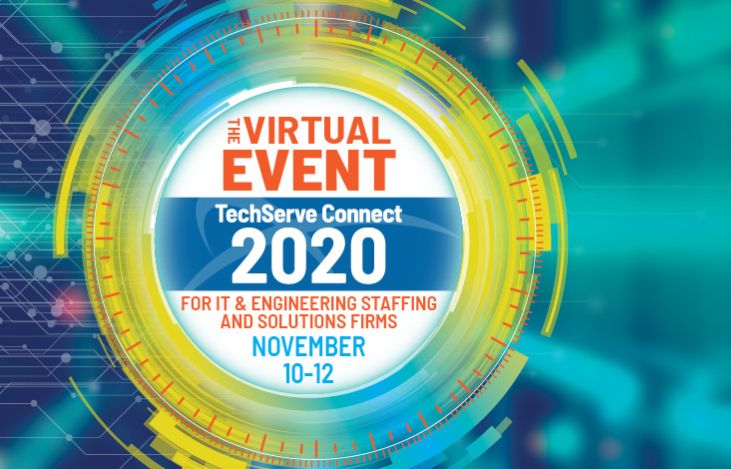
BLOG: What Lies Ahead: An Economic and Financial Market Perspective
The current state of the economy under this year’s pandemic has forced us to both contemplate and reevaluate some of the long-held beliefs about what it takes to operate and thrive.
At the TechServe Connect 2020 virtual event, Clinical Professor of Business Administration and Assistant Dean of the A.B. Freeman School of Business at Tulane University, Peter F. Ricchiuti, addressed how we may better understand our present economy and prepare for a future that is still promising.
The types of recovery we may expect to see have a variety of shapes. One of the bets people are making is a V-shaped recovery, a sharp economic decline with a clearly defined trough, followed by a strong recovery.
The other is W-shaped recovery, which Ricchiuti describes as a situation where we “fall out of bed, go down, come back up, and have some false starts.”
“This is the idea that we reopen the economy, a flood of COVID-19 comes back and we close again,” he said. “This has probably been the more accurate picture. It really takes a bite out of business confidence and consumer confidence.”
There is also the U-shape, where we fall, lag around bottom for a while and then slowly get back to where we were before.
But even after recovery, there will be “permanent scars” from COVID-19 that will last in business, he said. These can include: Simpler supply chains by having suppliers closer or multiple suppliers, more efficiency by figuring out how to do more with less and remotely, having concrete succession plans, and greater online buying.
While the U.S. is considered to be in a recession, Ricchiuti believes it to be a very short-lived recession and assures that it’s all a part of capitalism’s cyclical nature.
“When the economy gets stronger, it begins to overheat and then comes right back down again,” he said. “The key is when it comes back down, it almost always comes back up to a higher plateau than it did before.”
Moving forward will require different efforts, including addressing the gaps that are present in American jobs, wages and education.
Ricchiuti offered manufacturing jobs as an example.
“People say we don’t manufacture much in this country, but the U.S. has been manufacturing at its highest ever… but with far fewer workers,” he said, adding that this is due to automation and robotics. “We have new jobs, a new economy. We just need to train people for those jobs.”
He continues to explain how those with a Bachelor’s Degree or higher earn decent wages, but the amount an individual earns goes down the less education they have. This causes a dangerous divide.
“We’re seeing two different Americas because we’re seeing two different economies,” Ricchiuti said. “We’ve got to bring everyone up. There’s a lot of things that will hurt the economy and country by having two different Americas.”
Looking toward the future, he also shared that over the next 30 years the population of working-age people will slowly and steadily increase in the U.S. but without immigration it will shrink. This carries significance for many different reasons.
Over 40 percent of the Fortune 500 companies were started by immigrants or their children, according to data. Ricchiuti also added that 25 percent of the nation’s physicians are foreign born, highlighting their substantial contribution to the medical field as the country continues to fight the pandemic.
Although this year has been riddled with new obstacles and downturns, Ricchiuti strongly believes it is not the time to give up on the country or the markets.
“Through every generation, America has gotten bigger, more free, more diverse and more developed,” he said. “We don’t stay with anything that’s not working.”
